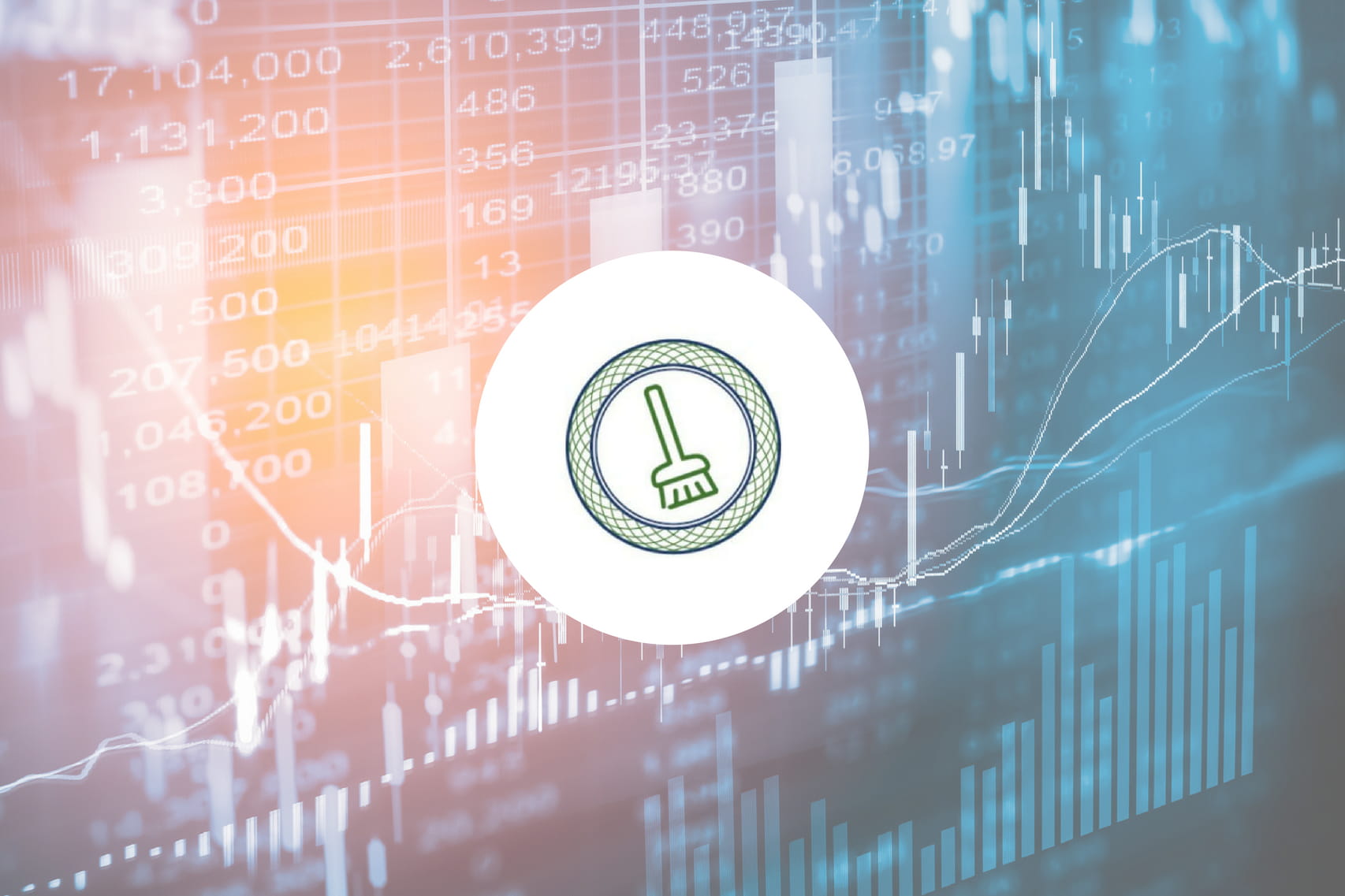There are few feelings in this world that are worse than the regret of having wasted time, money, energy, or opportunity. When our precious resources are lost for no good reason, it’s hard for even the most optimistic person to see the positives.
Unfortunately, the cryptocurrency ecosystem has its share of waste as well. Nearly 5,000 different cryptocurrencies have been created in the past decade, and the majority of them aren’t solving any problems or providing any value to society. The time, money, and efforts of the teams that developed those projects have, for the most part, gone to waste.
And that’s not to mention the millions of dollars that investors have lost by buying those untradeable cryptocurrencies.
Make Waste Useful Again
Can anything positive come from the thousands of failed and soon-to-fail blockchain startups?
As it turns out, even that waste can serve a valuable purpose. To see it, we just have to take our tech glasses off for a minute and go back to our evolutionary roots as farmers.
In agriculture, waste – materials such as banana peels, egg shells, watermelon rinds, or even manure – can go one of two ways. One, it can be thrown away with the rest of the garbage, destined for a landfill or incinerator in some remote location. Or two, it can be composted and later used to enrich garden soil so that the next season’s harvest is more fruitful.
Given the choice between garbage and fertilizer, it’s clear which option is better for the health of the ecosystem. What’s perhaps less clear is how the concept of composting can be applied to the digital – specifically blockchain – world. Fortunately, a solution has been developed and it is set to start transforming the waste at the bottom of the cryptocurrency market into fertilizer that feeds it.
A Methodology Built on Economic Principles
In 2017, as the hype and growth in the blockchain space was rapidly picking up, waste in the form of abandoned and unlisted coins – also called dead coins – was following suit. In response, a team of professionals with backgrounds in marketing, business, economics and software development came together to work on a project aimed at cleaning up the bottom of the cryptocurrency market.
The project, CoinJanitor, has a simple premise. Find micro-cap coins that have been inactive for 2 years or more, and contact their teams and communities. For those that are receptive, buy out the coin holders using the CoinJanitor utility token – JAN. As part of the buyout agreement, CoinJanitor takes control of all of the inactive project’s assets, including its blockchain as well as marketing and technological assets (e.g. unreleased code).
In this process, CoinJanitor offers value in the form of JAN tokens to investors of dead coins who would otherwise be at a complete loss. As a result, those coin holders become new members of the CoinJanitor community. Each dead coin that gets bought out contributes to a powerful network effect which can potentially make CoinJanitor one of the largest communities in the cryptocurrency space.
Demand for JAN tokens should grow right alongside the community, increasing JAN’s value and in turn making it more affordable for the CoinJanitor team to continue buying out more dead coins and adding more community members over time.
While that is going on, the CoinJanitor team will also be able to go through the various assets it accumulates and use them to build tools for market analysis, community growth, and for more effectively cleaning up failed projects in the future.
The CoinJanitor project may seem altruistic at first, but upon further inspection its business model is designed to be sustainable and advantageous for JAN holders. And as long as CoinJanitor is around, every failed cryptocurrency project can be converted from waste into fertilizer to strengthen the rest of the market.
Join the Janitor
If you would to contribute to CoinJanitor’s cause of cleaning up the cryptocurrency market – and profiting in the process – now is a great time to get involved.
The JAN ICO is currently live and will end on May 31, 2018, or once the $7.5 million hard cap is hit.
50% of the total JAN supply will be sold to the public during the ICO. Of the remaining 50%, 30% will be held by the team to buy out dead coins, 5% will be reserved for project’s partners, 5% will go towards a bounty program, and the final 10% will be distributed to founders, team members, and future employees. Team members will not be able to sell their JAN tokens until 2019.
To join the CoinJanitor team in cleaning up the cryptocurrency market, visit the project website, join the community on Facebook, Twitter, and YouTube, or follow the live discussions held on Telegram.

